Industrial tourism threatens the sustainability of the environment and local cultures in the Black Sea Region
By Özhan Öztürk
Due to its cool and rainy climate and natural beauty in the summer, the Eastern Black Sea Region of Turkey has become one of the popular tour destinations for domestic tour companies and especially Arab tourists coming from Gulf countries. The intense tourist attraction dragged the region into an unplanned and unscheduled industrial tourism, where rapid and destructive influences on both the traditional life cycle and the enviroment have begun to emerge on the region, home both marine and transhumance lifestyles for centuries.
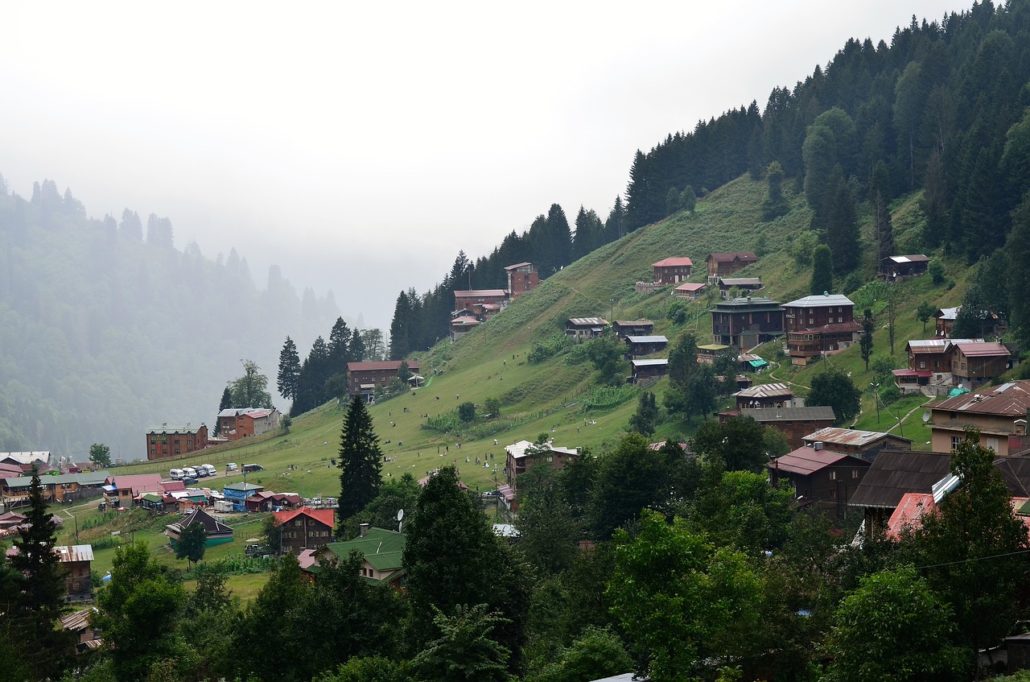
This terrible transformation that we have seen in the examples of Ayder and
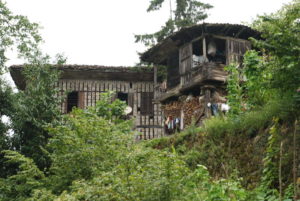
Uzungöl in the last ten years, sacrificing nature to concrete while the state is spreading with the private sector, in addition to the lack of knowledge, consciousness and organization of the local people, it seems unlikely that beauties of the Black Sea will move into the future.
For instance, there are historic arc bridges on the Black Sea, smiliar to the those of Roman Empire, that withstood
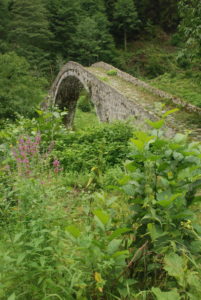
storms and floods for centuries and are harmonious with the architectural texture of the area. Despite the existence of these historical bridges, dozens of concrete bridges built with modern technology continue to demolish after every heavy rainfall.
In a nutshell, the aestetic beauties of the historical stone arch bridges stand for centuries while the modern and ugly concrete bridges have been contantly demolished and rebuilt. In a smiliar way, the multi-storey concrete apartments that have been built in place or next to the traditional Black Sea Houses built it wood and masonary stone technique in the past centuries Show to the tourist and locals how the rich heritage
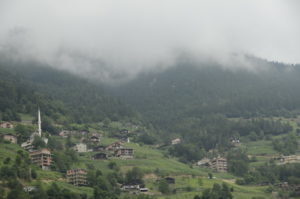
of the past has been spent loutishly. Villages, in which locals do not want to live and pursued by tourism sector; plateaus that are not even visited by shepherds and cattle swarms are filled with 8-storey hotels; rivers filled with HES’s (Hydroelectric Power Plant) and fish farms, worries us, and the generations that live in the Black Sea villages in the 70’s that it will be an irreversible catastrophe. However, some European countries, especially Italy, have
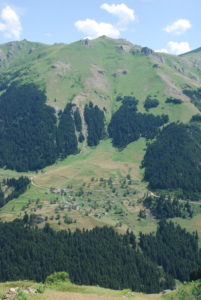
succeeded in returning the tourist circulation to a great extent without disturbing the medieval character and local cultural characteristics of the towns and villages, or even the peace of the indigenous people.
The success of Safranbolu in the example of willingness to bring a settlement to the future while protecting its natural and historical features, should be applied promptly in the Eastern Black Sea Region, especially in the villages and highlands, in cooperations with the public-private sector. In order to spread this consciousness, it is necessary to keep alive the demand of not only the locals but also the tourists who want to come to the region, to find the natural beauties of the region in cultural and historical continuity.
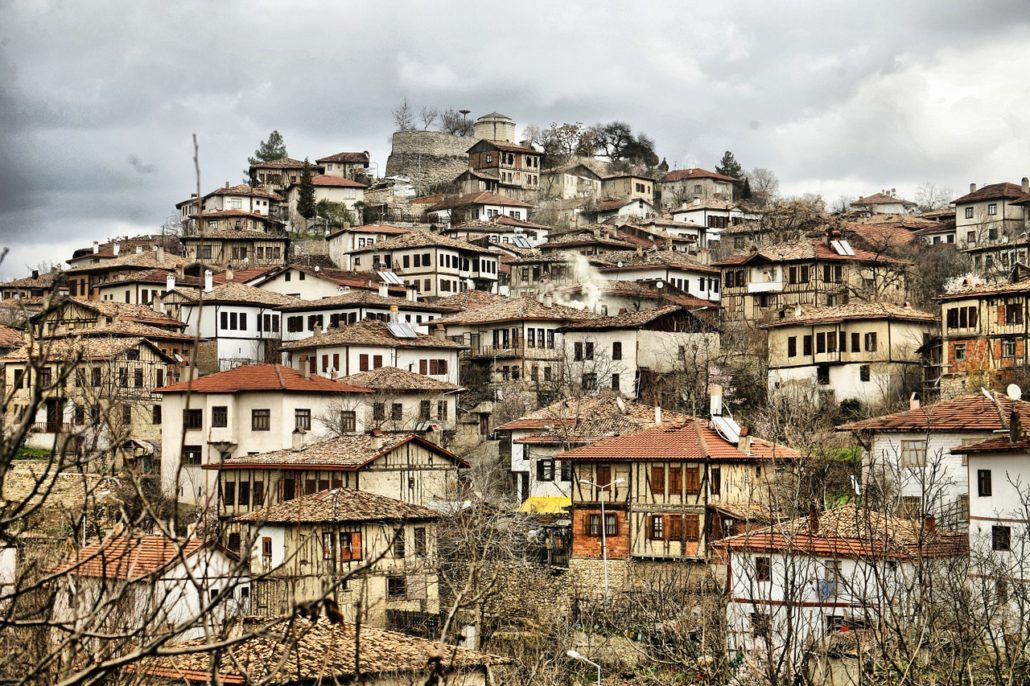

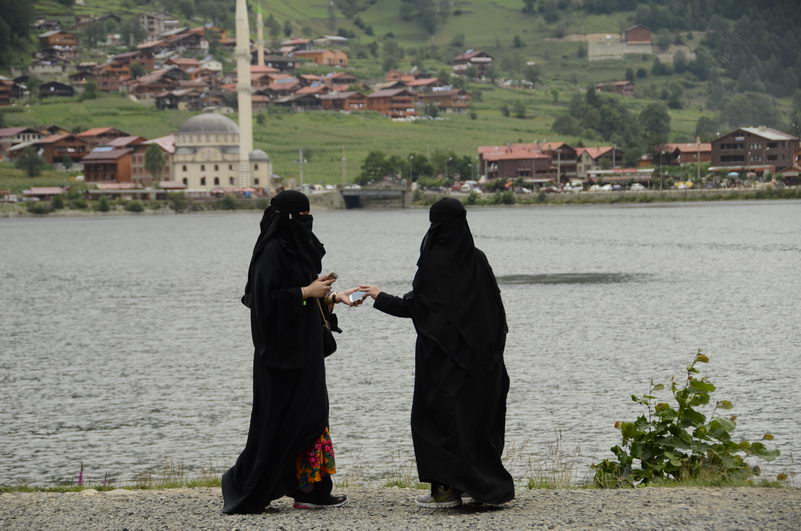
Hello, Mr. Öztürk! Thank you for this article. I am researching Turkish writers who deal with the space of the Black Sea in prose or poetry. Unfortunately, I don’t know Turkish but can read in Czech, French, German, or Russia, as well as English. Would you help me identify fiction writers or poets who fit this profile?
Thank you in advance,
Professor E. Clowes (U. Virginia)